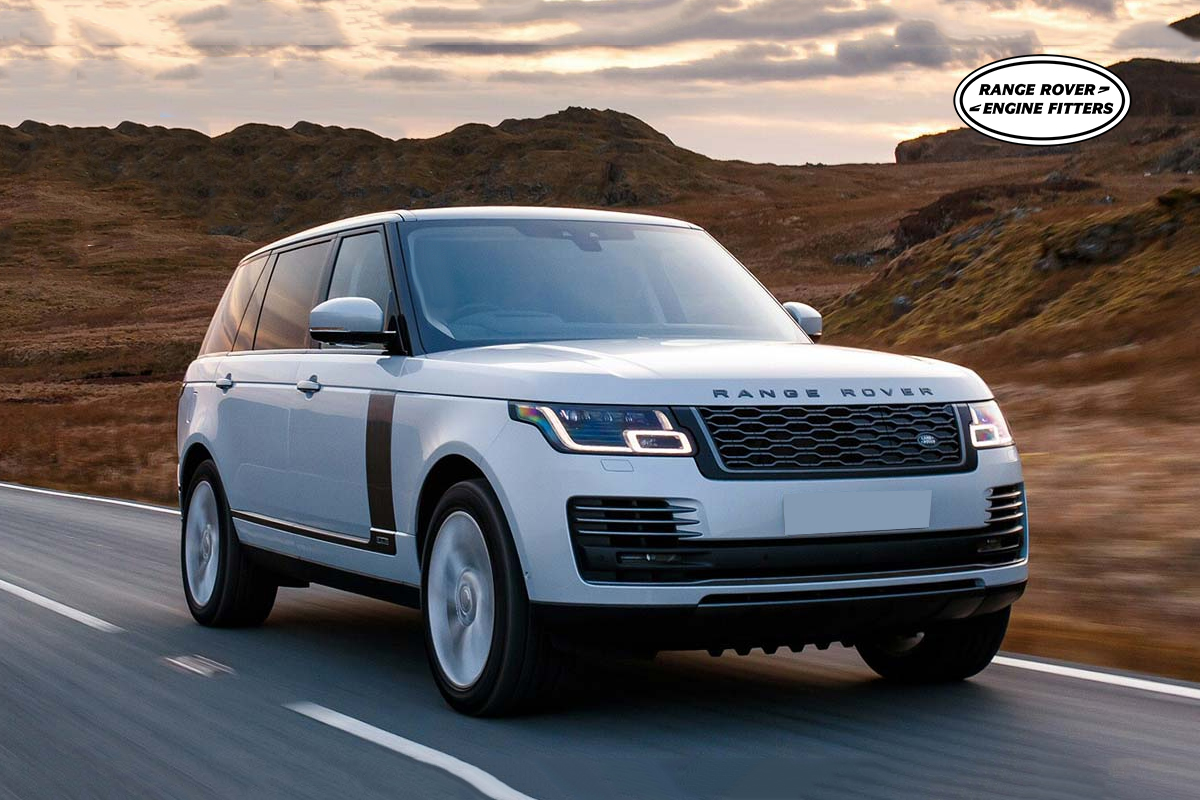Introduction
In the pursuit of sustainability and performance, automotive engineering has reached new heights, epitomized by the Range Rover 2.0 engine. This iconic vehicle has undergone a remarkable evolution, integrating cutting-edge technologies to enhance efficiency without compromising power. From hybridization to advanced materials, a myriad of innovations converge to redefine the driving experience. We delves into the technological advancements driving the efficiency of the Range Rover Engine, exploring how each component contributes to its prowess on the road.
Hybrid Powertrain Integration: Redefining Efficiency
The integration of a hybrid powertrain marks a significant leap forward in the Range Rover’s efficiency journey. By combining electric propulsion with traditional combustion engines, the vehicle achieves optimal power delivery while minimizing fuel consumption and emissions. Sophisticated control systems seamlessly manage the transition between electric and combustion modes, ensuring a smooth and efficient driving experience across diverse terrains.
Lightweight Construction: Maximizing Performance
Utilizing advanced materials such as aluminum and carbon fiber composite, the Range Rover 2.0 engine embodies a philosophy of lightweight construction. Reduced weight not only improves fuel efficiency but also enhances agility and handling, elevating the driving dynamics to new heights. Every component is meticulously engineered to strike the perfect balance between strength and weight, optimizing efficiency without compromising durability.
Turbocharging and Direct Injection: Enhancing Power Delivery
Turbocharging and direct injection technologies lie at the heart of the Range Rover Engine Fitters efficiency and performance. Turbochargers harness exhaust gases to increase air intake, boosting power output without sacrificing fuel efficiency. Direct injection delivers precise fuel metering directly into the combustion chamber, optimizing combustion efficiency and minimizing waste. Together, these technologies deliver exhilarating performance while maintaining exceptional fuel economy.
Start-Stop Systems: Smart Energy Management
Start-stop systems represent a simple yet effective innovation in enhancing efficiency during idle conditions. By automatically shutting off the engine when the vehicle comes to a stop and seamlessly restarting it upon acceleration, start-stop systems conserve fuel and reduce emissions, especially in urban driving scenarios. Intelligent sensors and algorithms ensure smooth operation, enhancing both efficiency and driver comfort.
Aerodynamic Optimization: Streamlining Performance
Aerodynamic optimization plays a pivotal role in maximizing the efficiency of the Range Rover 2.0 engine. From sleek body contours to active aerodynamic features, every design element is meticulously crafted to minimize drag and enhance airflow. By reducing aerodynamic resistance, the vehicle achieves higher fuel efficiency and improved stability at higher speeds, setting new benchmarks in performance and sustainability.
Regenerative Braking: Harnessing Kinetic Energy
Regenerative braking technology harnesses kinetic energy during deceleration and braking, converting it into usable electrical energy to recharge the battery. By capturing energy that would otherwise be lost as heat, regenerative braking not only improves efficiency but also extends the electric driving range of hybrid vehicles. Seamless integration with the braking system ensures optimal performance across diverse driving conditions, further enhancing the Range Rover’s efficiency credentials.
Advanced Engine Management Systems: Precision Engineering
Advanced engine management systems lie at the forefront of efficiency optimization, orchestrating the seamless interaction of various subsystems to maximize performance and economy. From real-time fuel mapping to adaptive cruise control, these systems continuously monitor and adjust engine parameters to optimize efficiency without compromising performance or reliability. Cutting-edge sensors and algorithms enable precise control over every aspect of engine operation, ensuring an unparalleled driving experience.
Predictive Analytics and Connectivity: Driving Intelligence
The integration of predictive analytics and connectivity transforms the Range Rover 2.0 engine into a smart, adaptive powerhouse. By analyzing data from various sensors and external sources, the vehicle anticipates driving conditions and adjusts performance parameters in real-time to optimize efficiency. From route optimization to predictive maintenance, these intelligent systems enhance not only fuel economy but also overall driving comfort and convenience, setting new standards for automotive innovation.
Conclusion
The Range Rover 2.0 engine stands as a testament to the relentless pursuit of efficiency and performance in automotive engineering. Through the seamless integration of hybrid powertrains, lightweight construction, and advanced technologies, it redefines the boundaries of what is possible on the road. From turbocharged power delivery to regenerative braking, each innovation contributes to a driving experience that is as exhilarating as it is sustainable. As automotive technology continues to evolve, the Range Rover 2.0 engine remains at the forefront of innovation, driving us towards a future where efficiency and performance go hand in hand.

